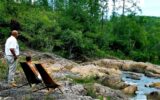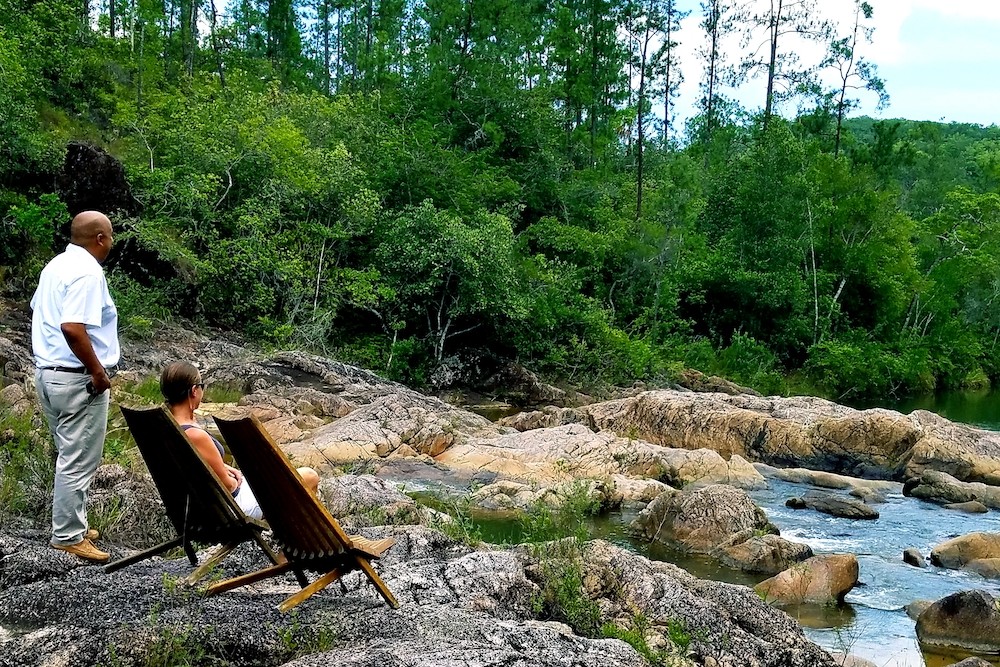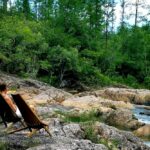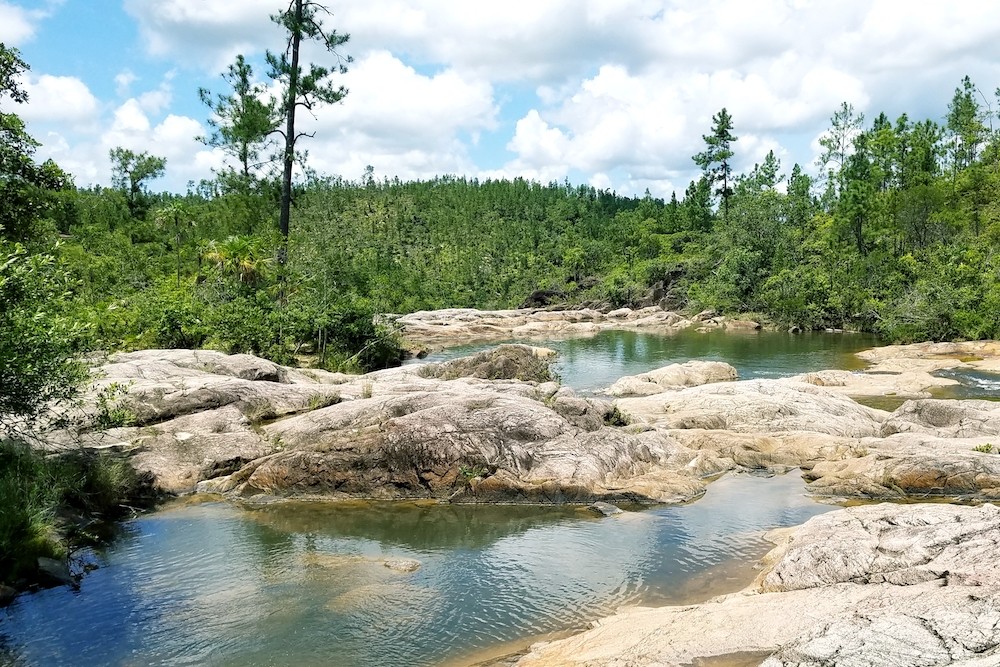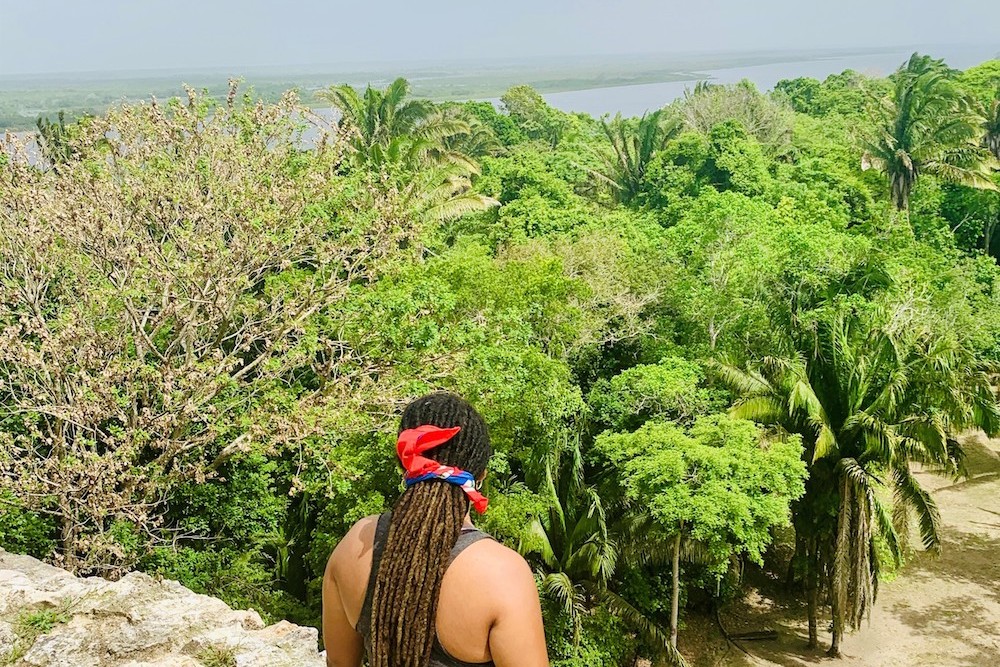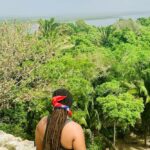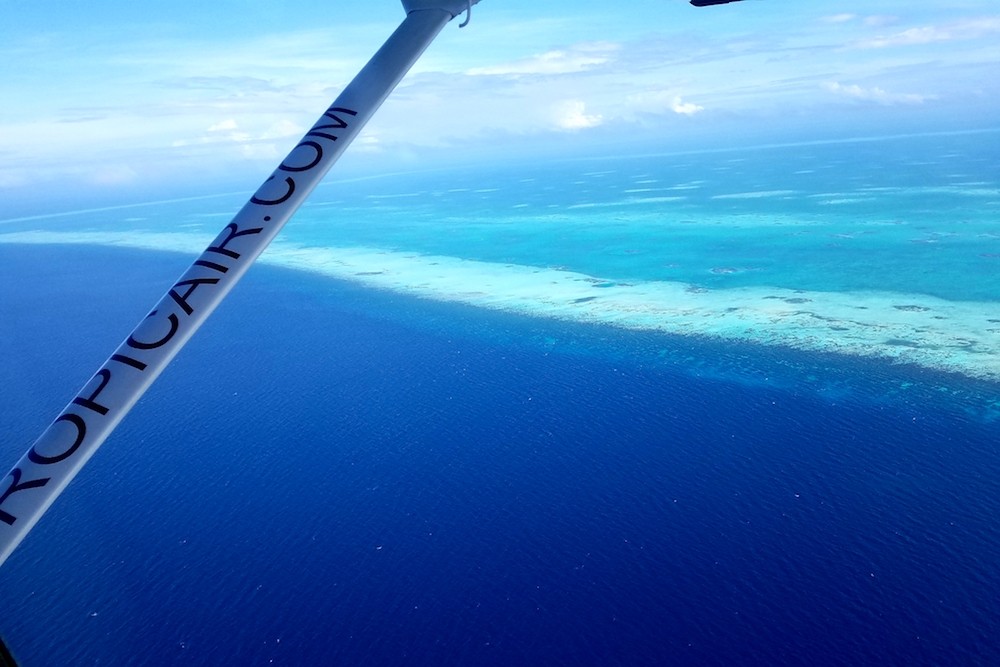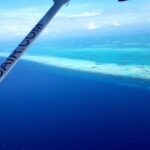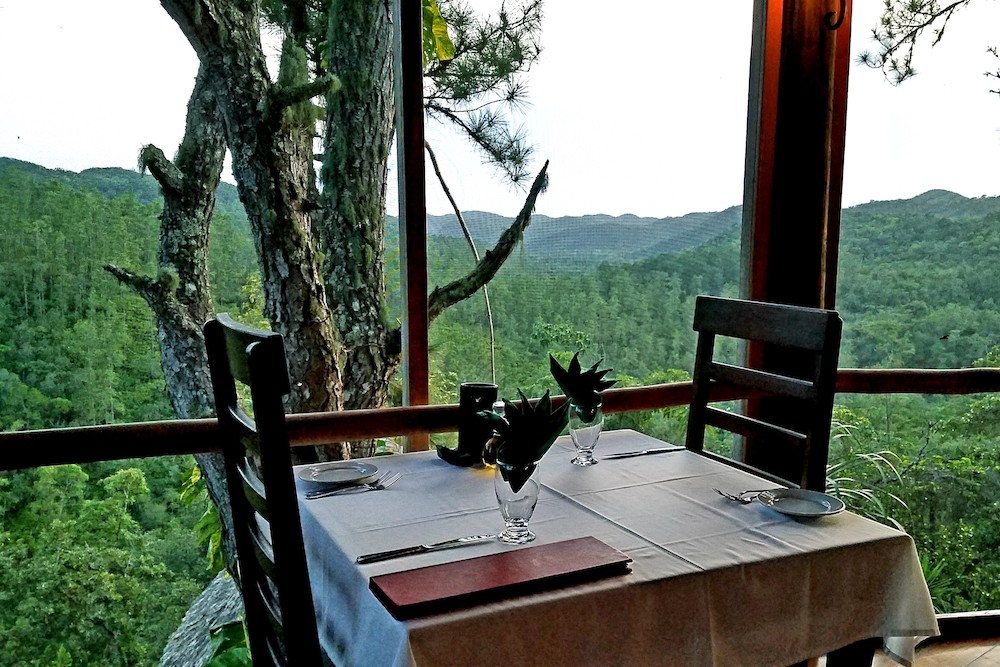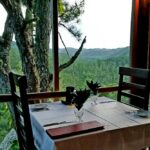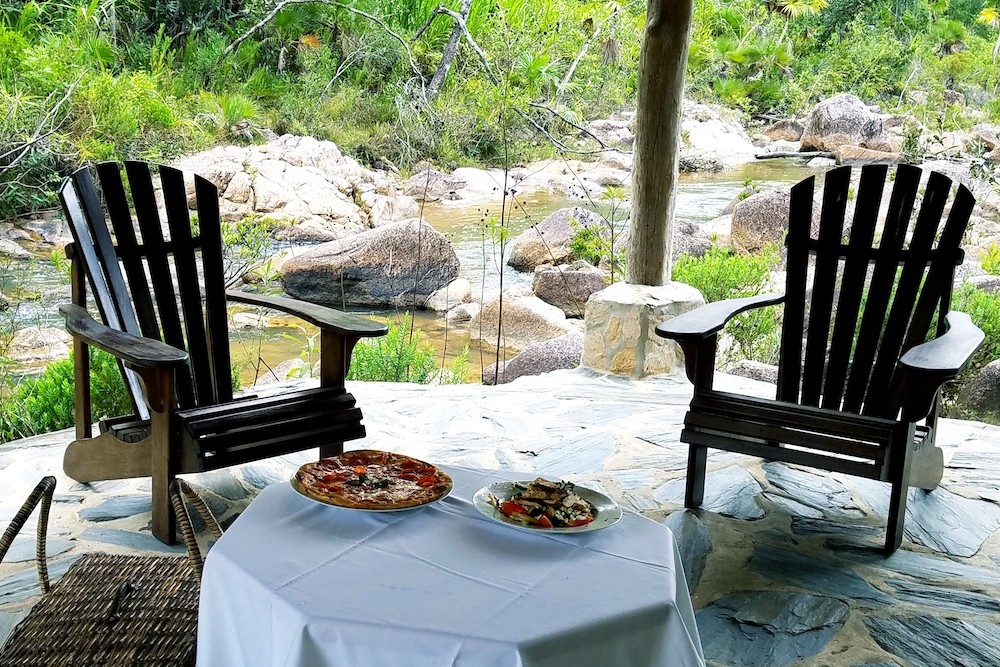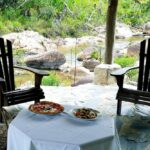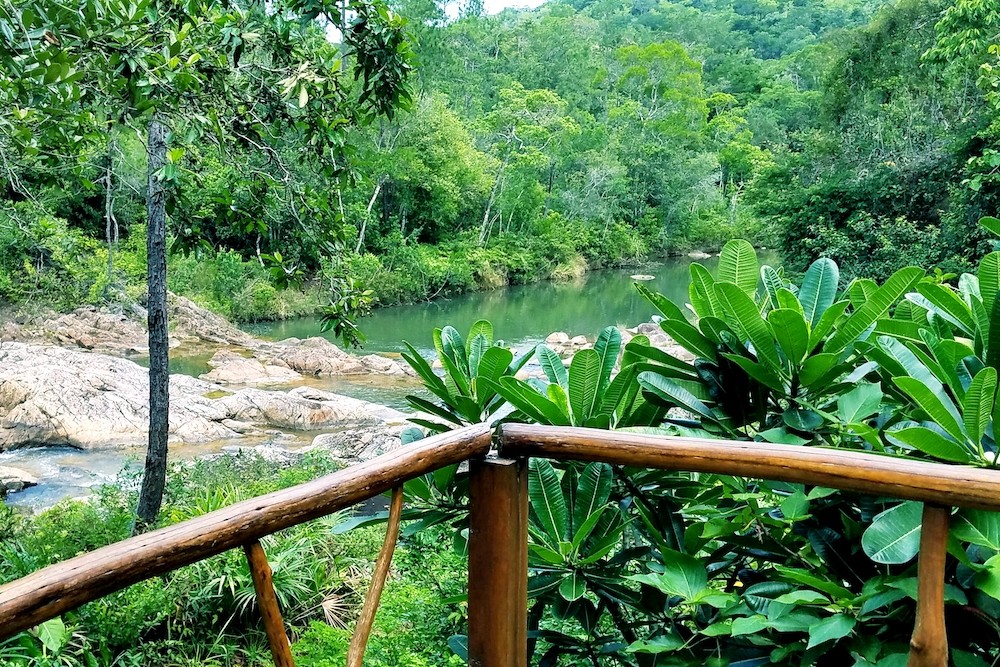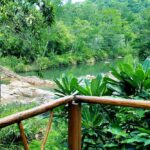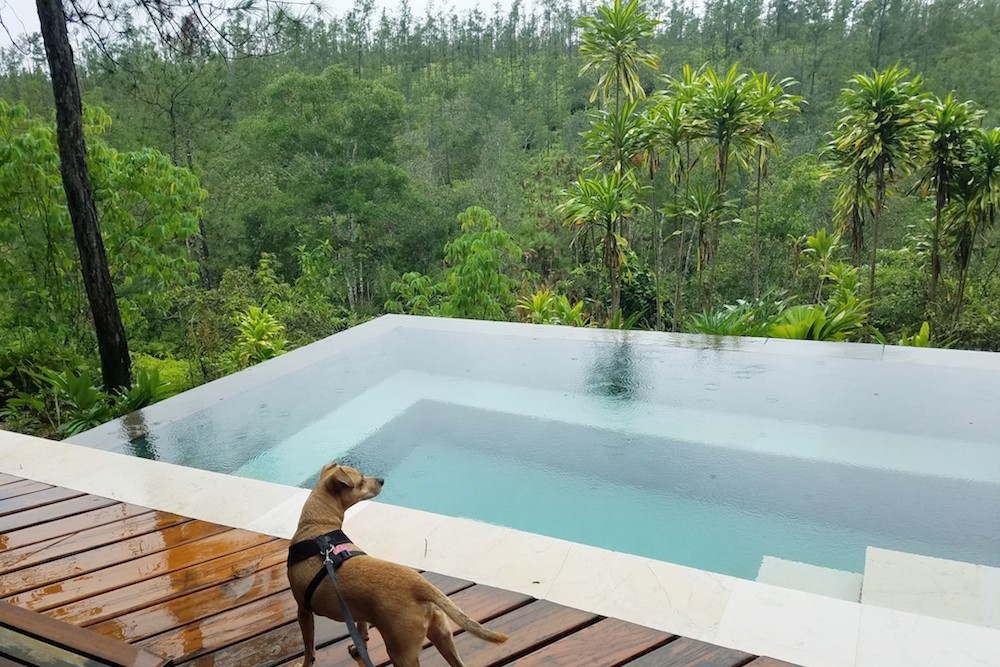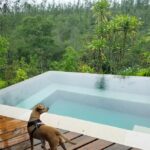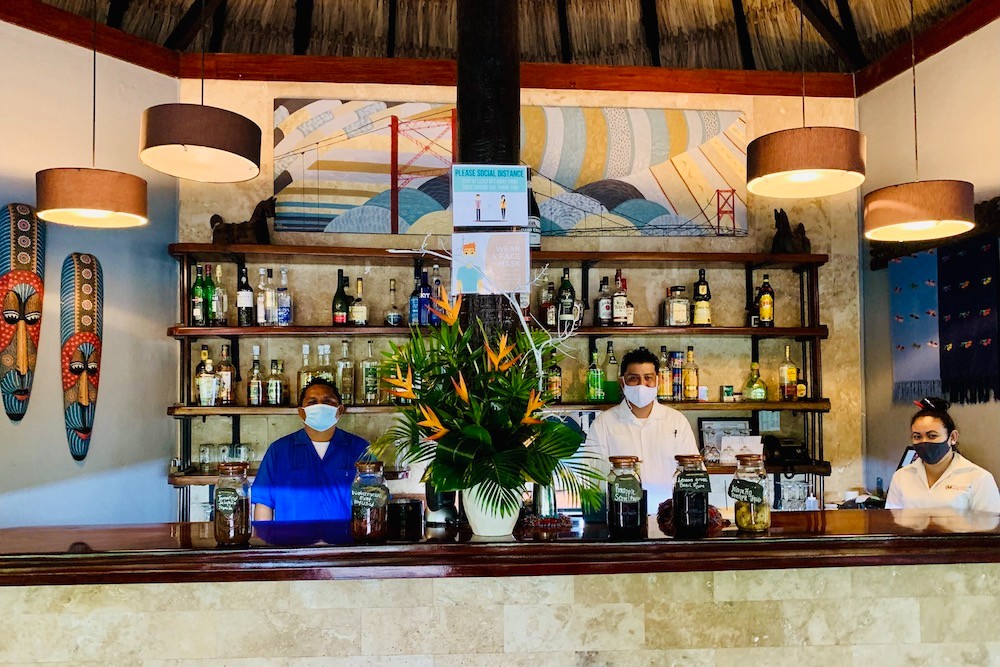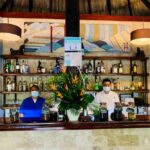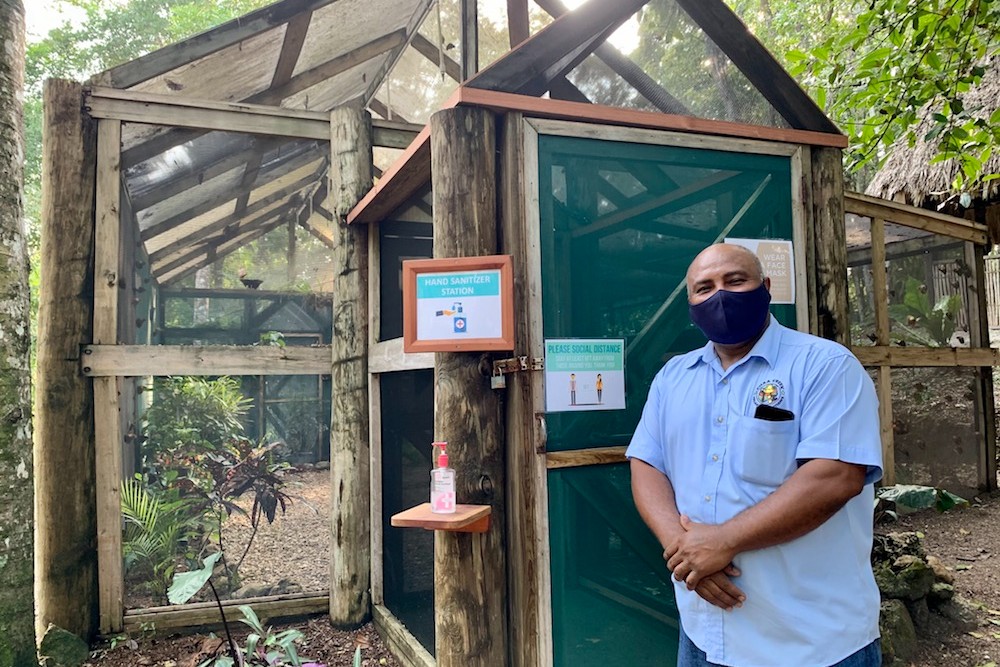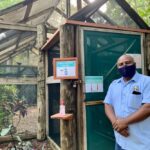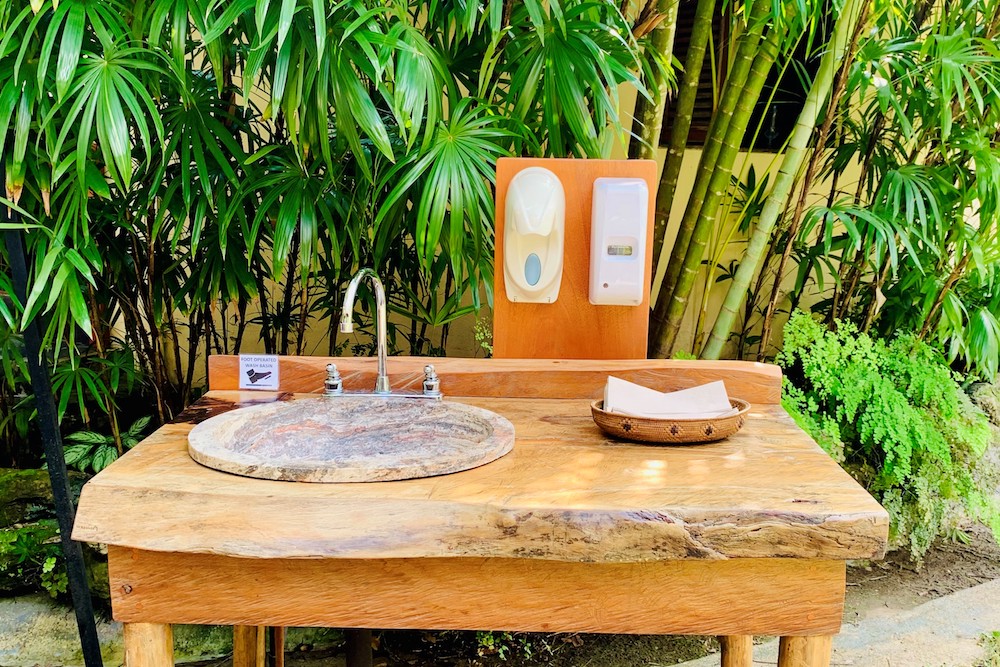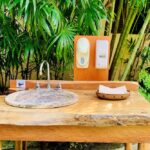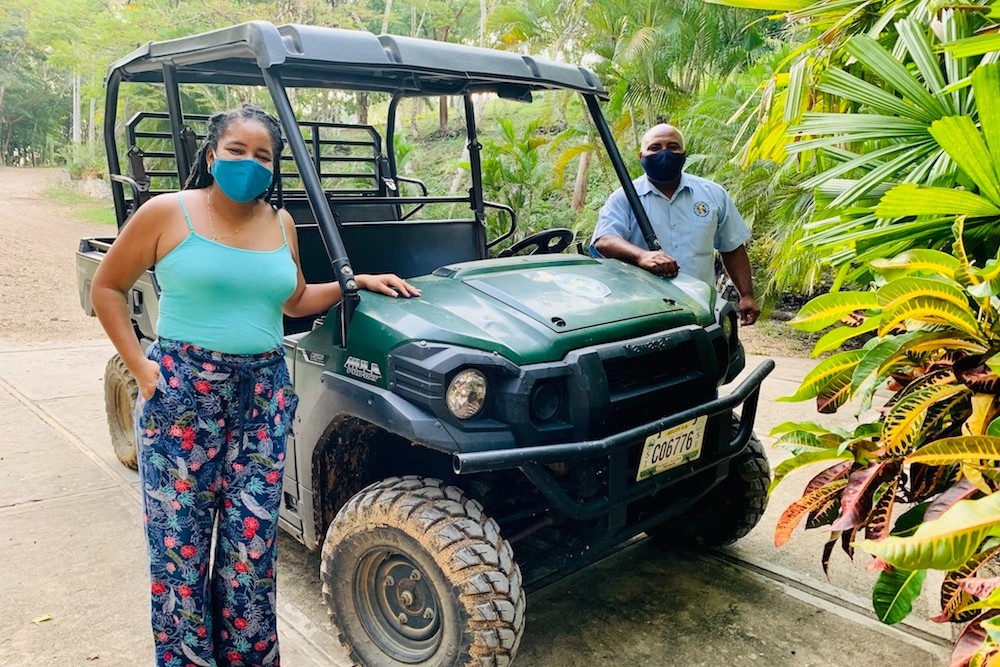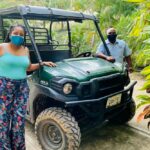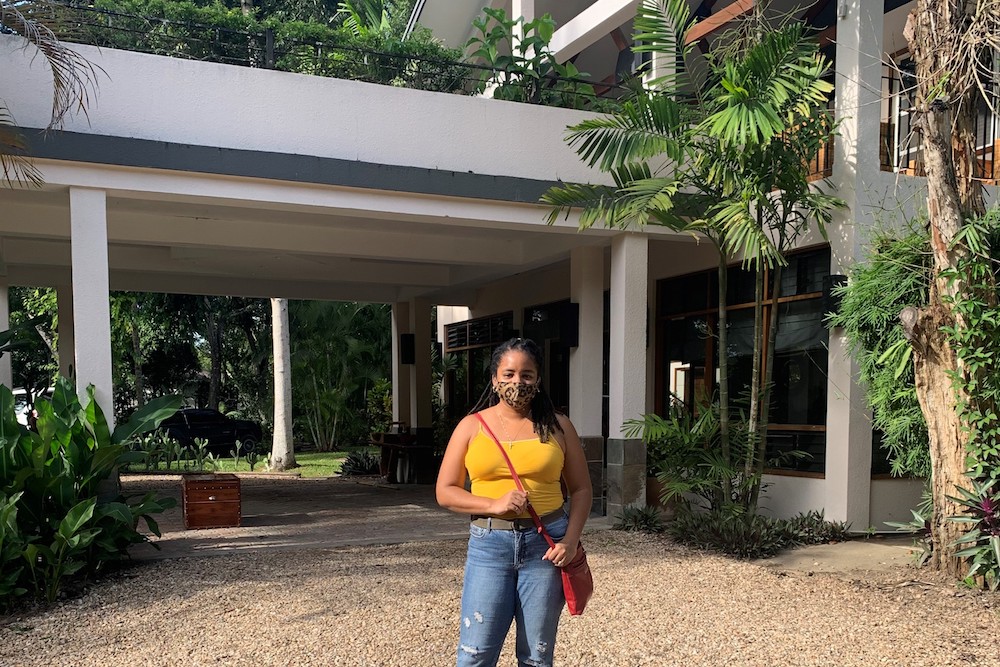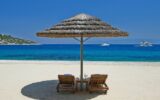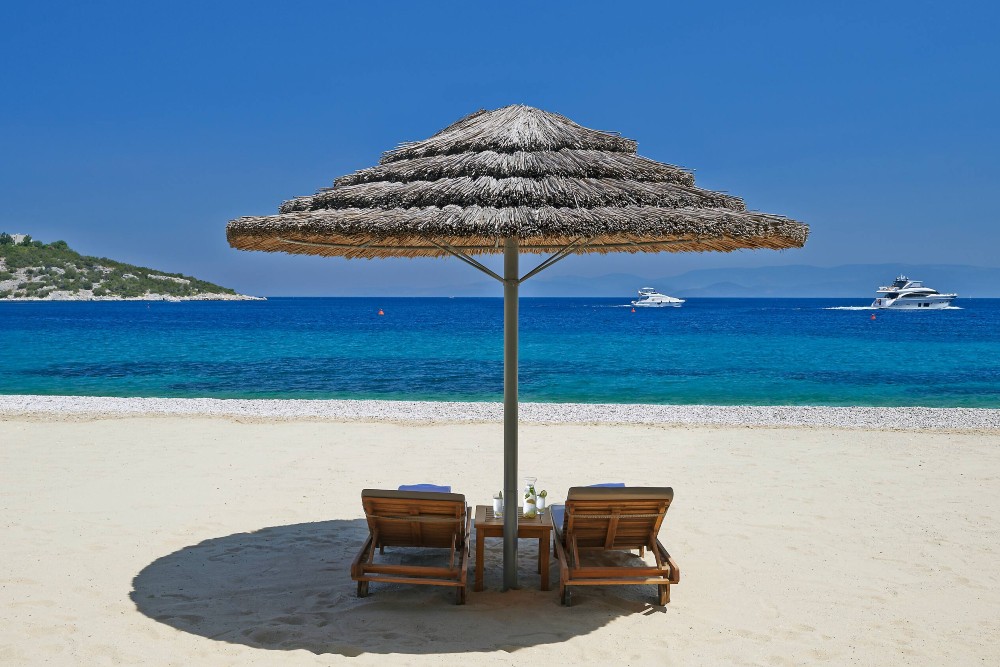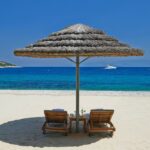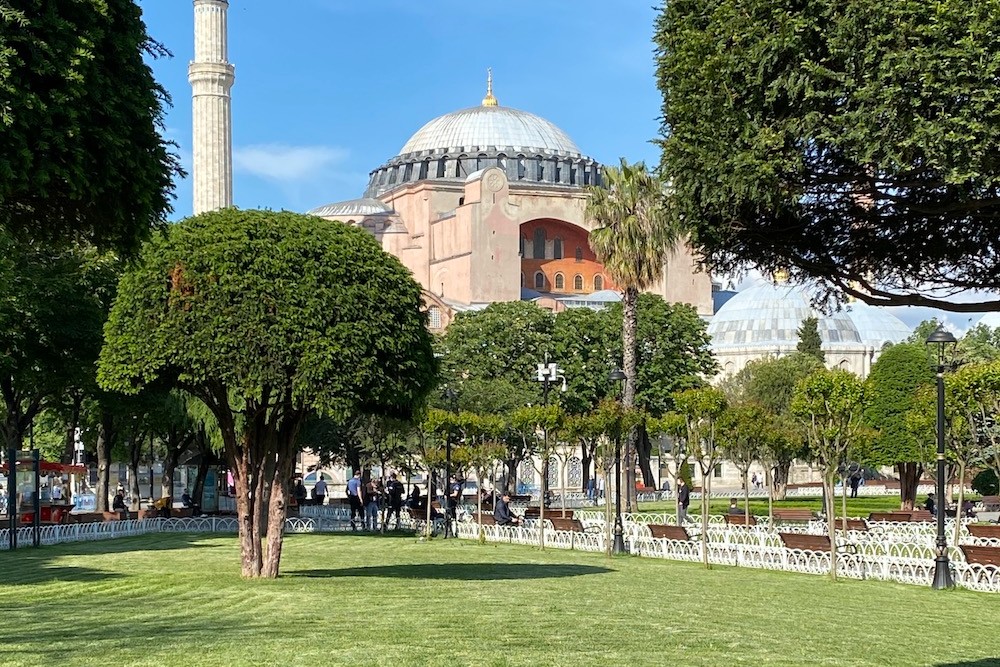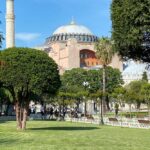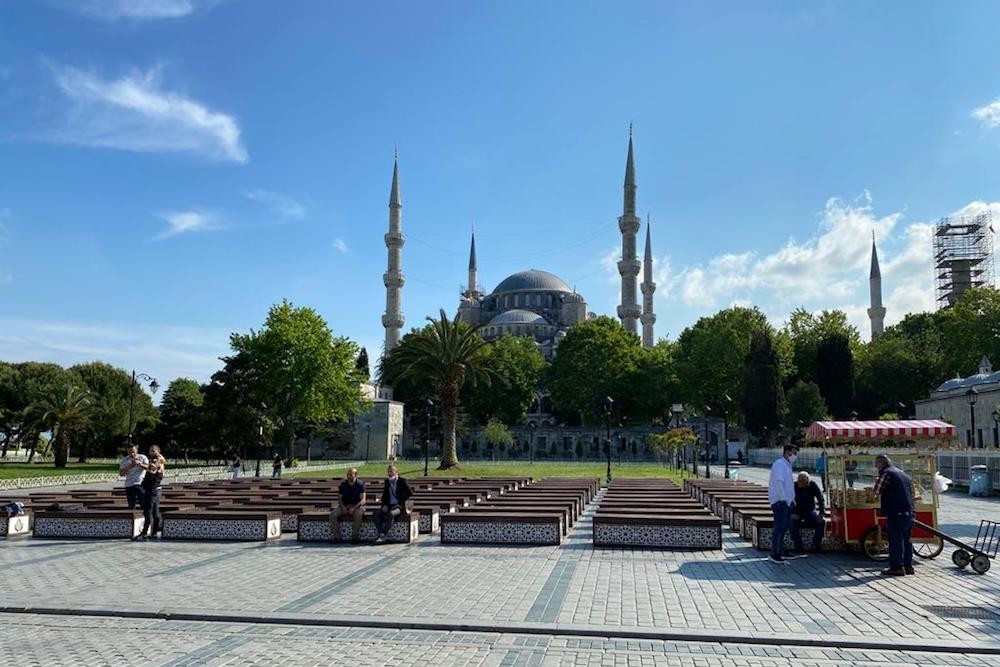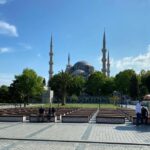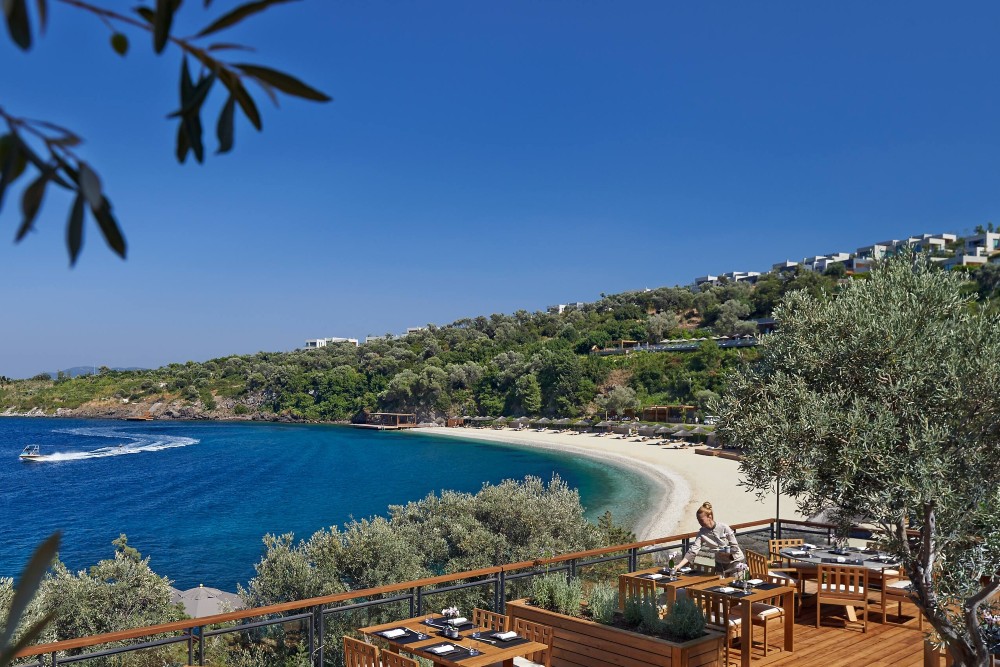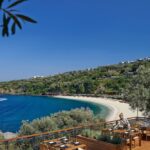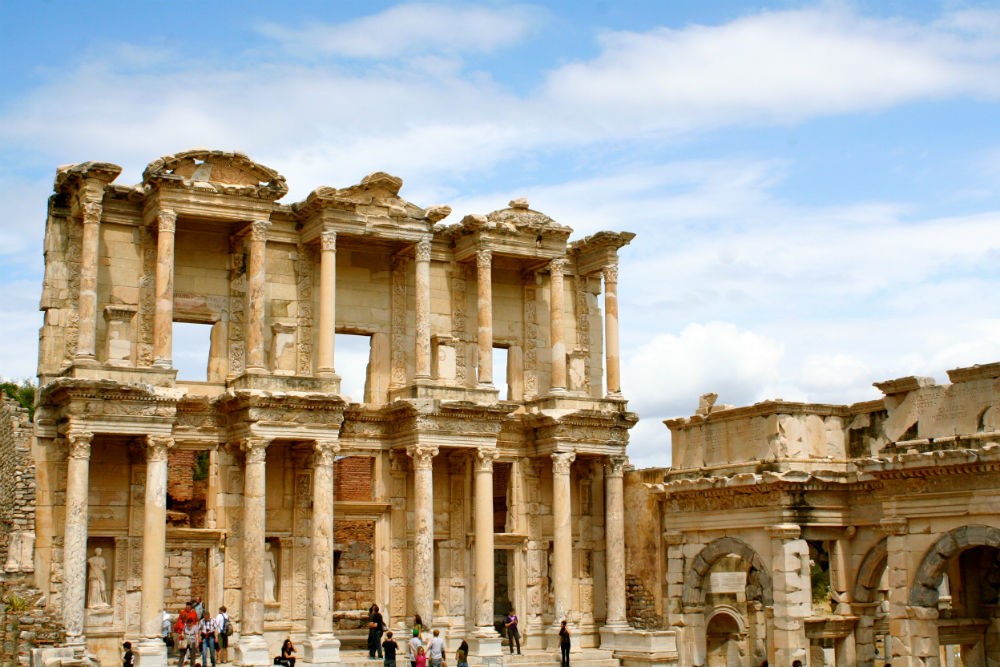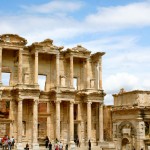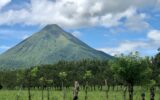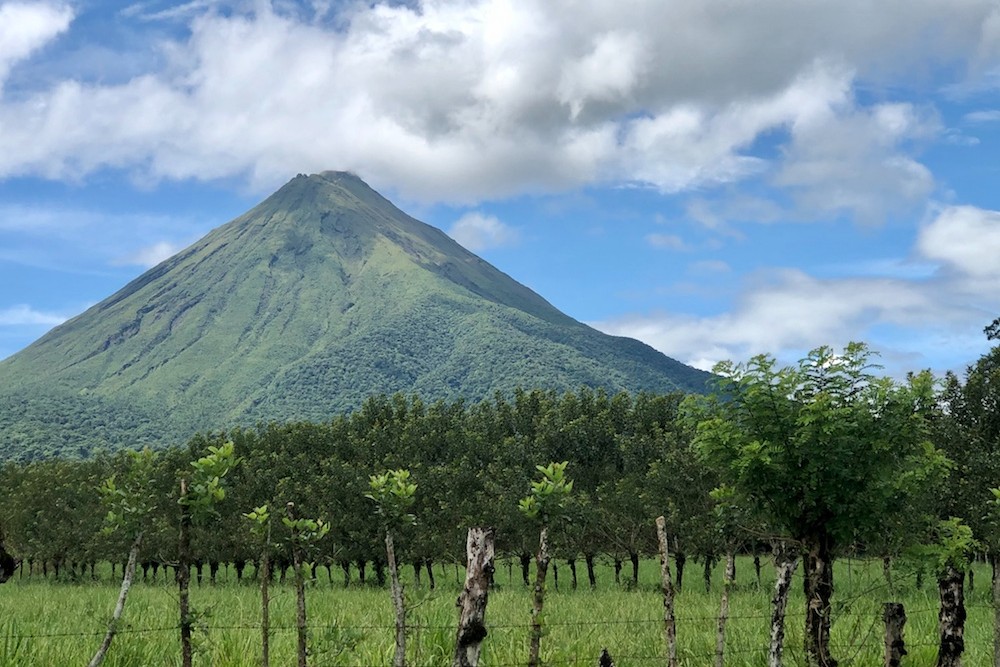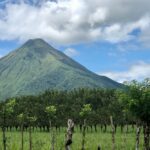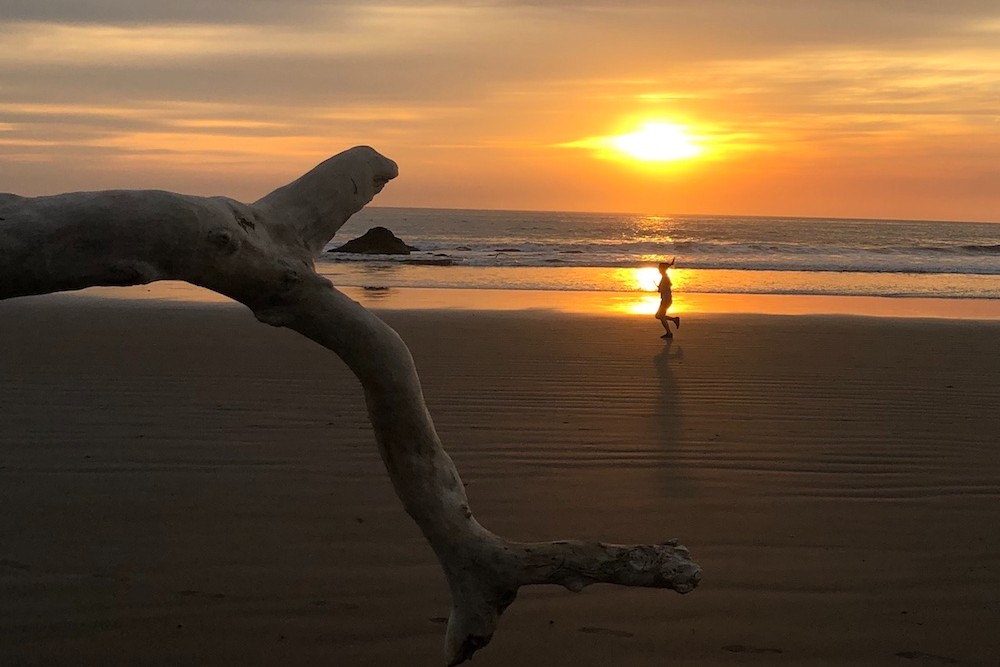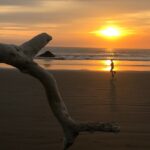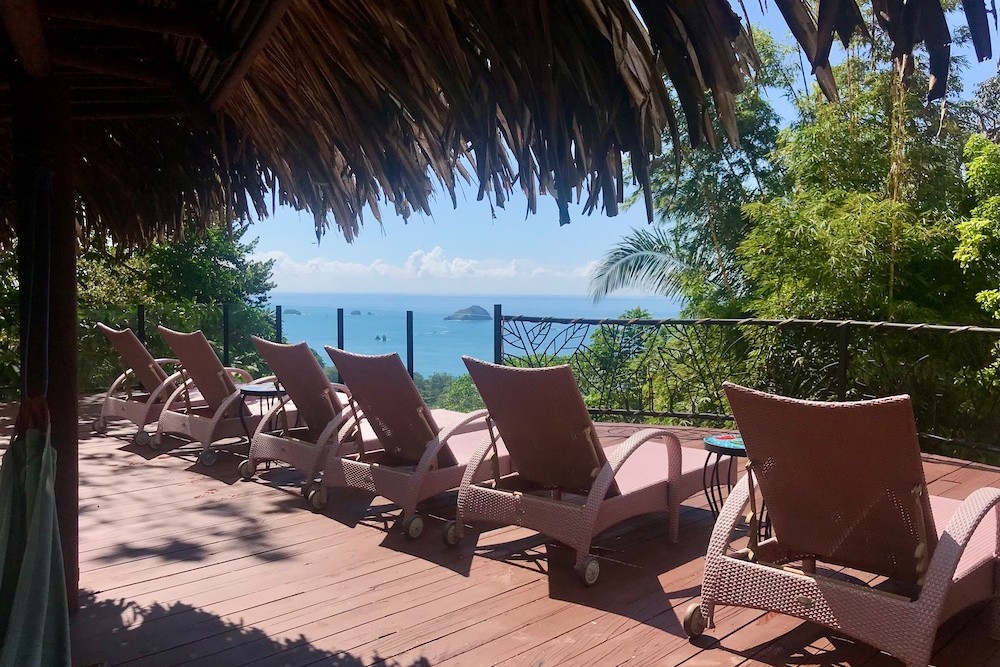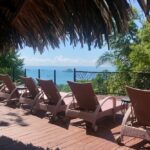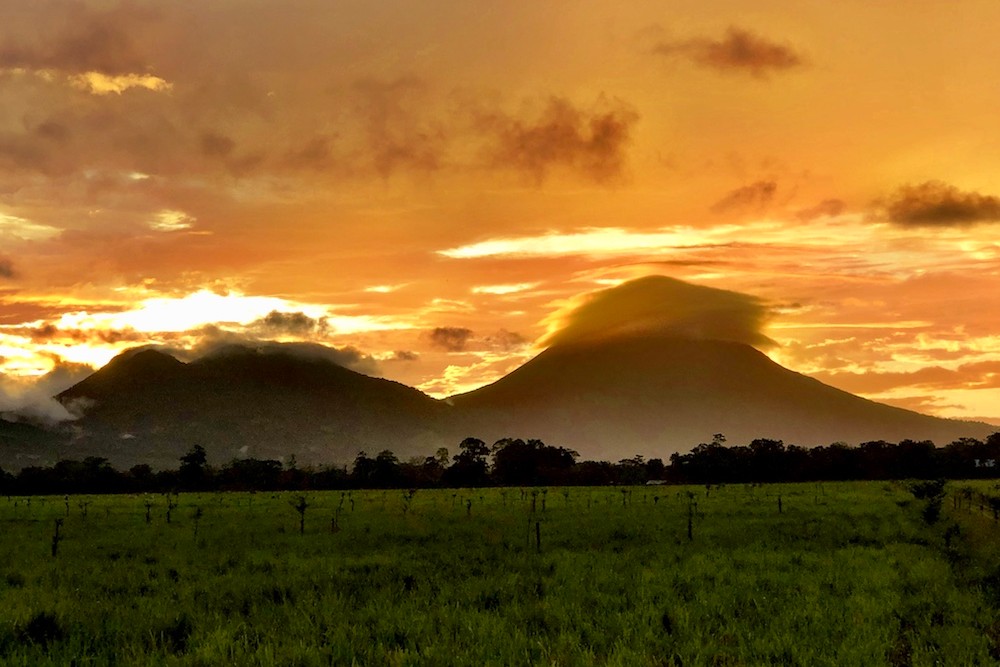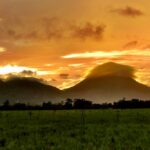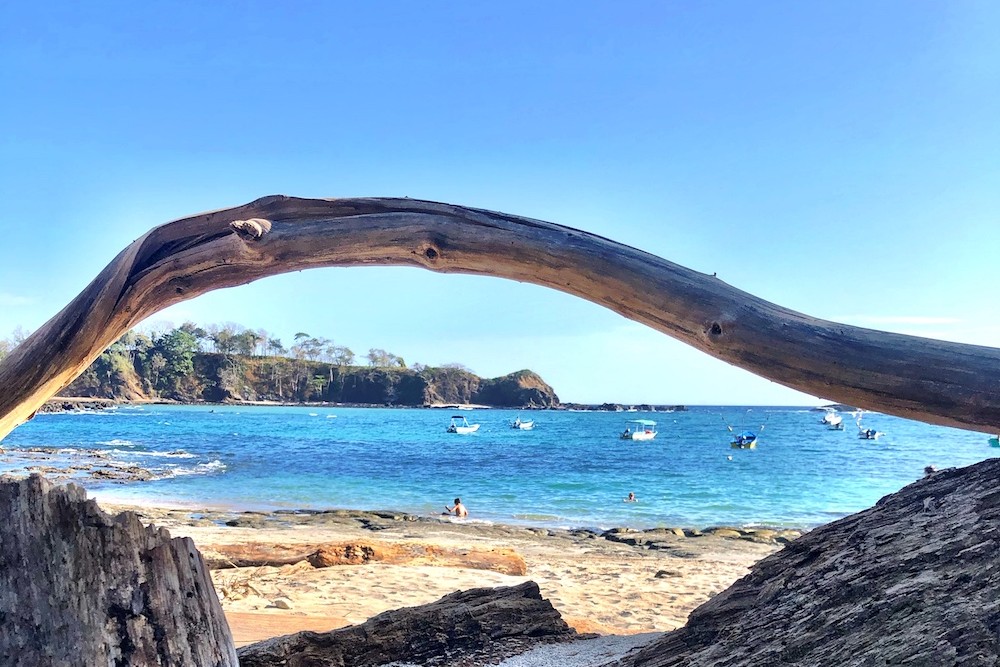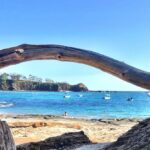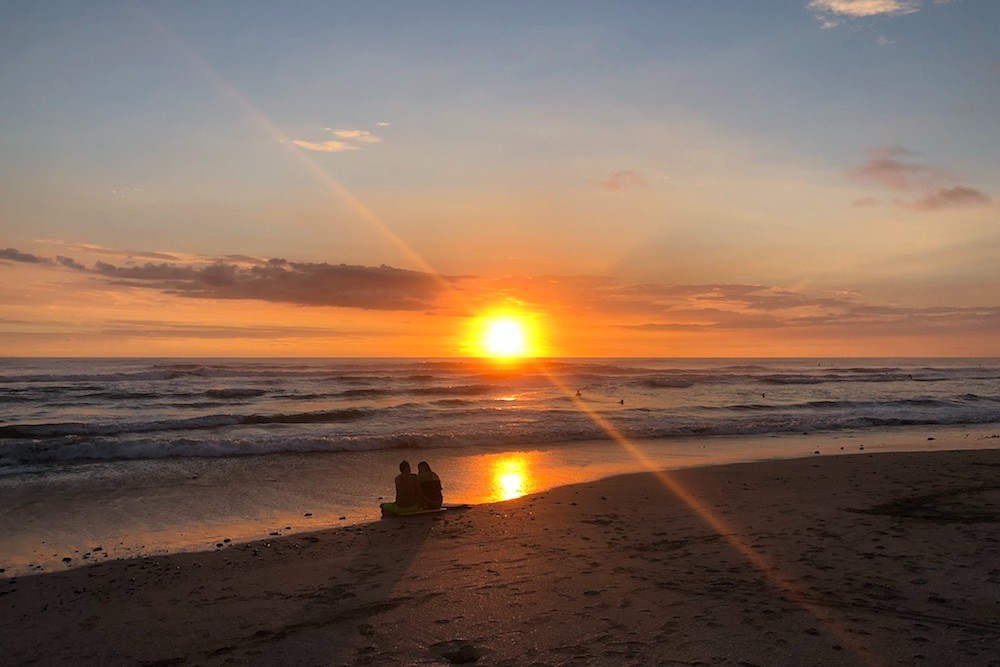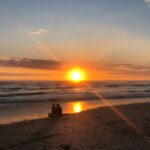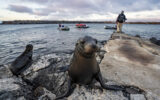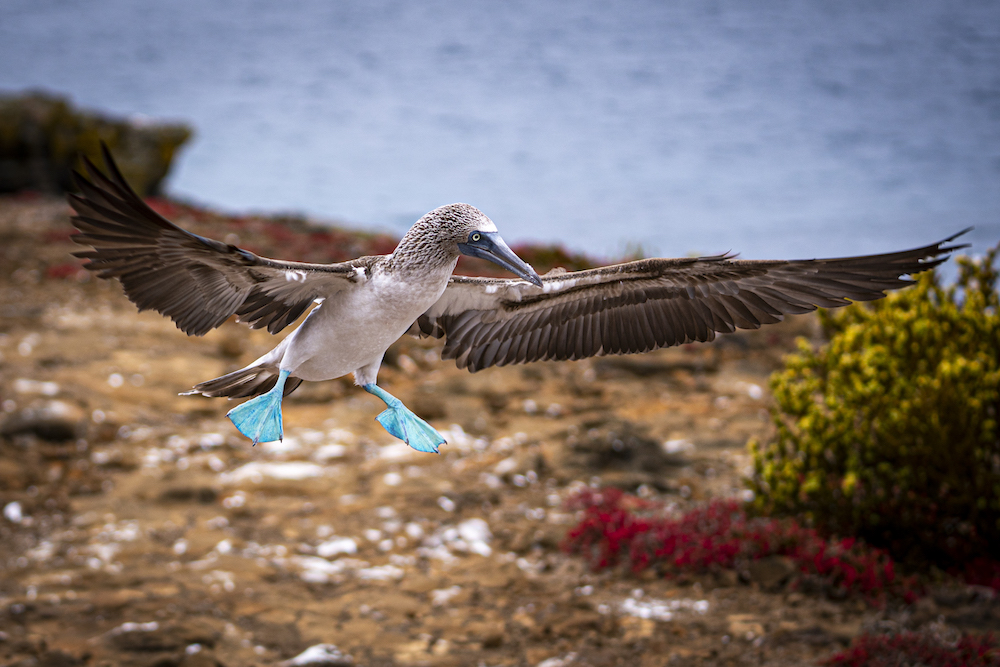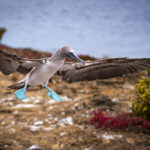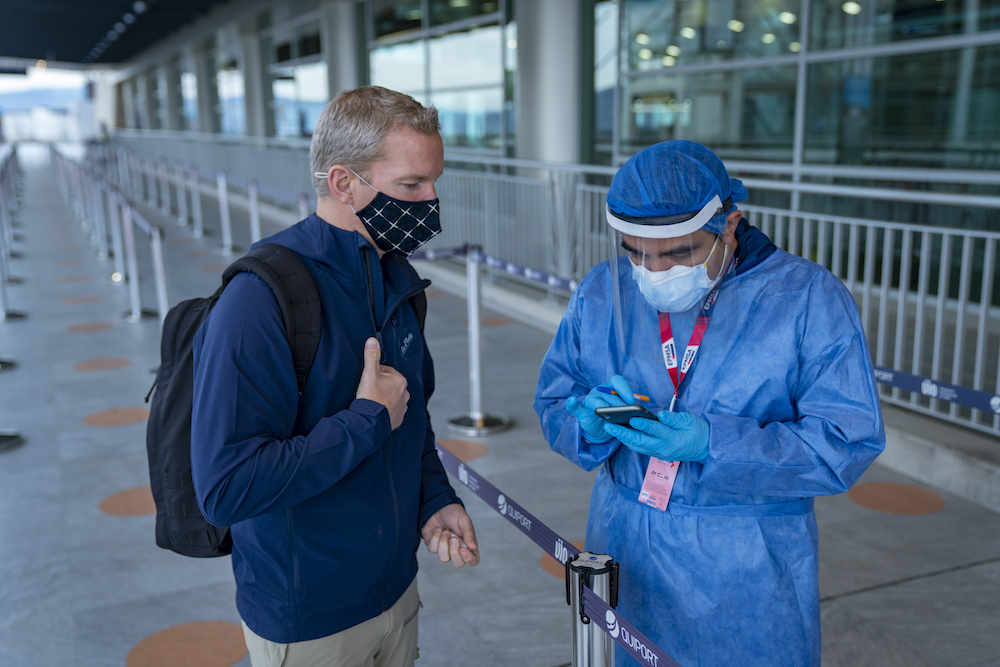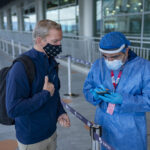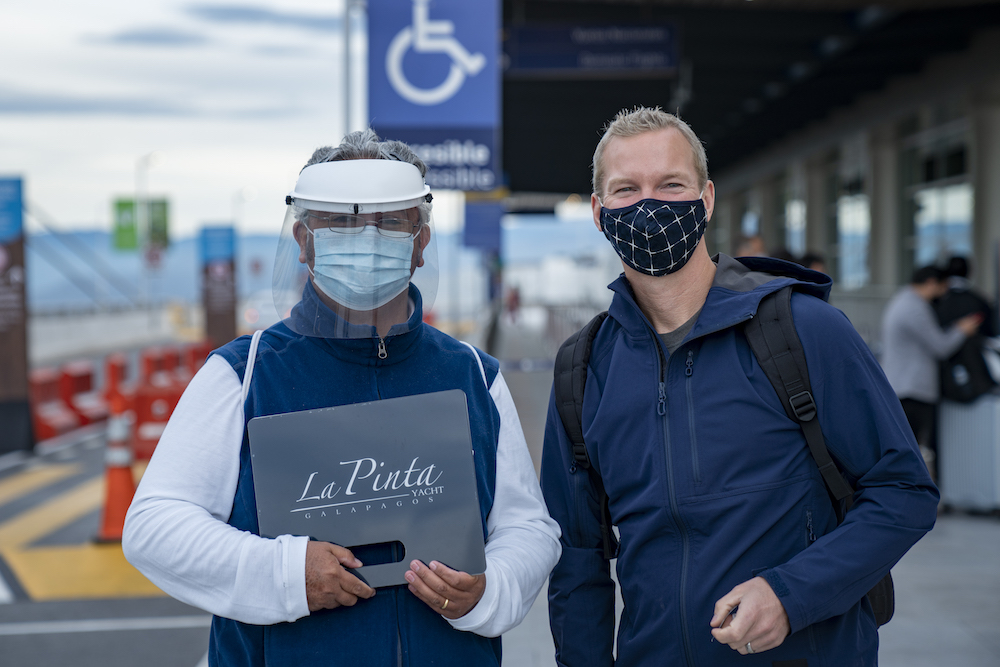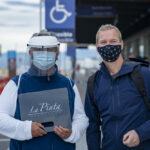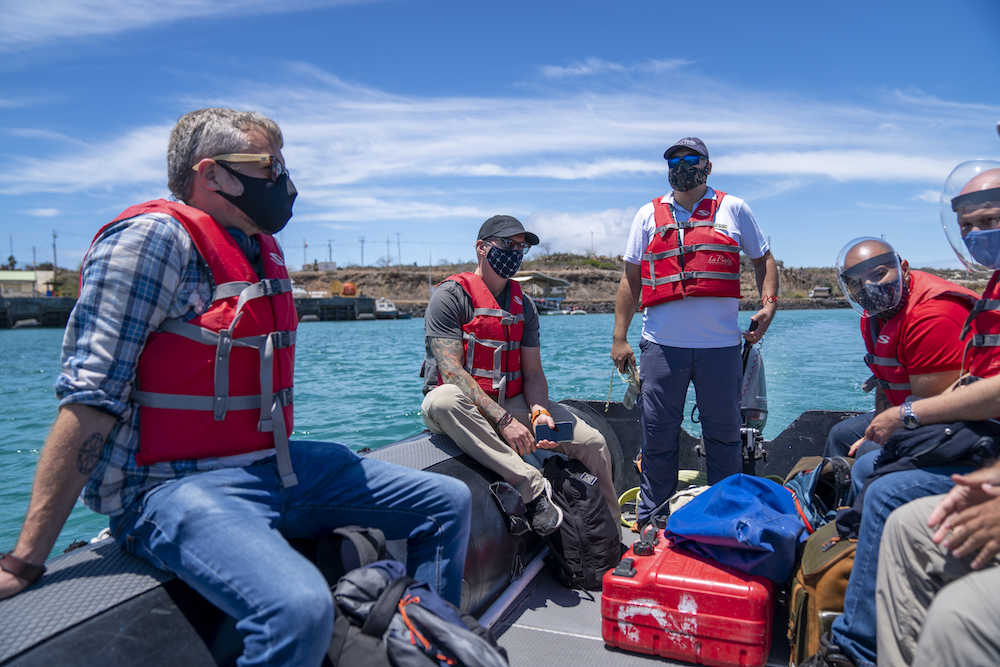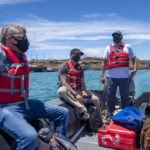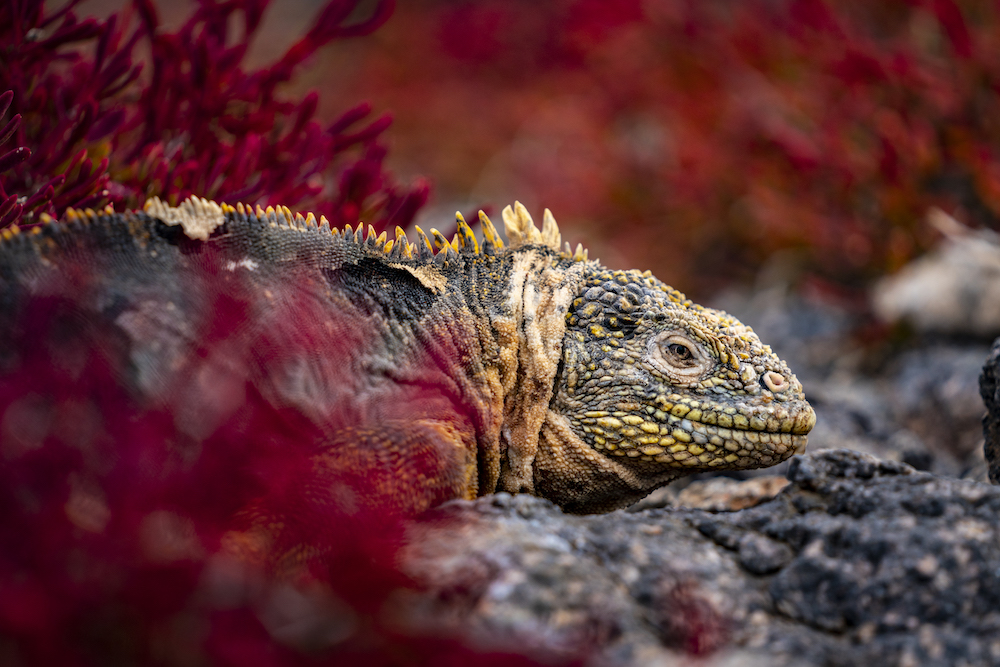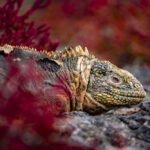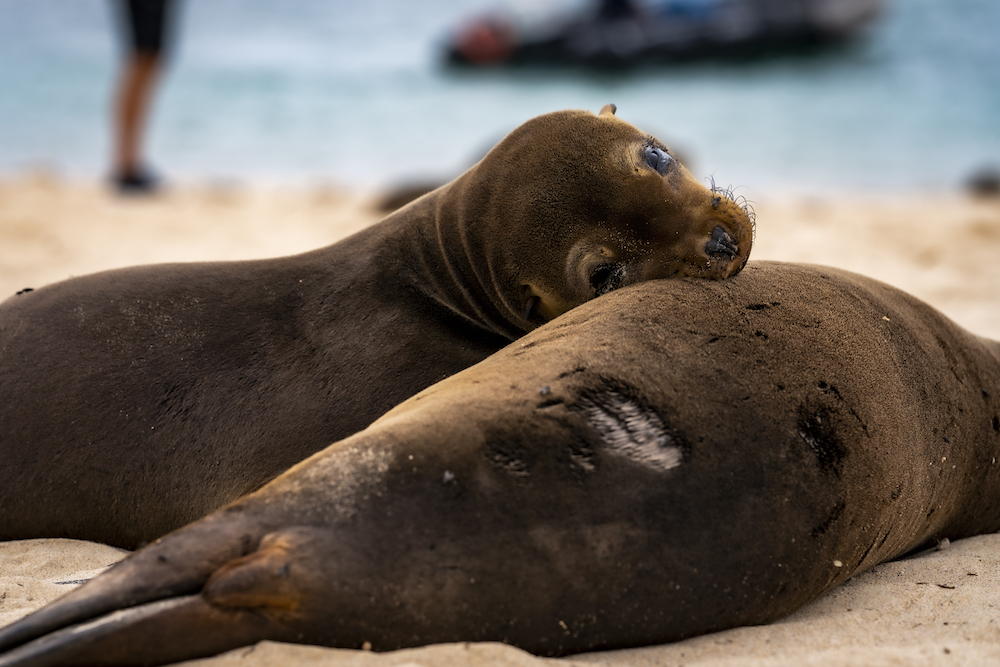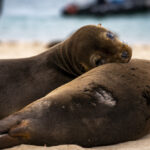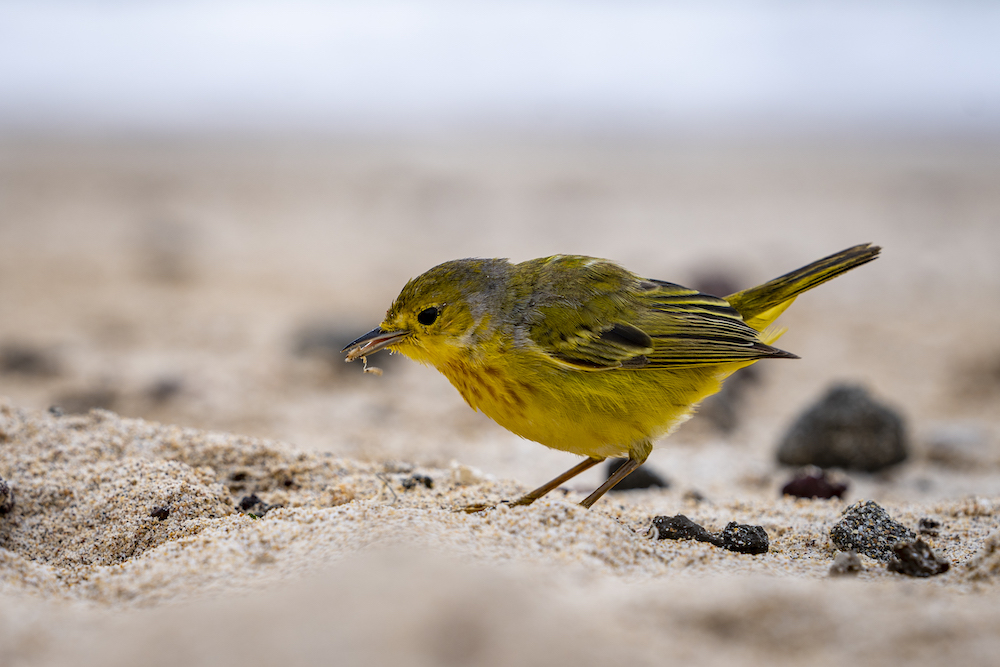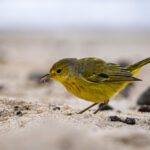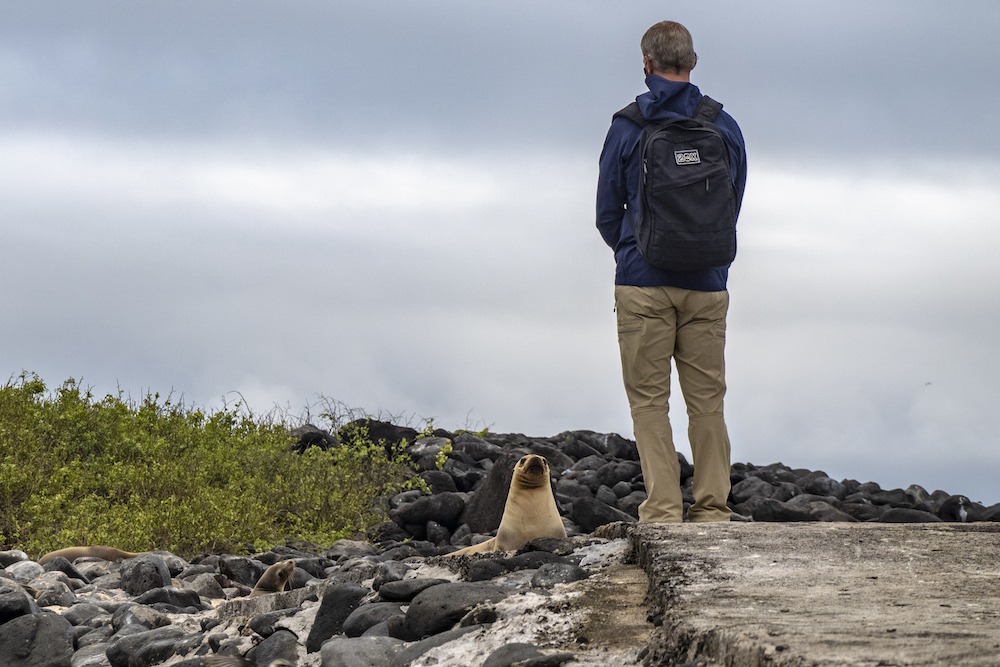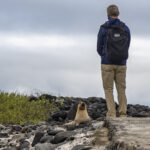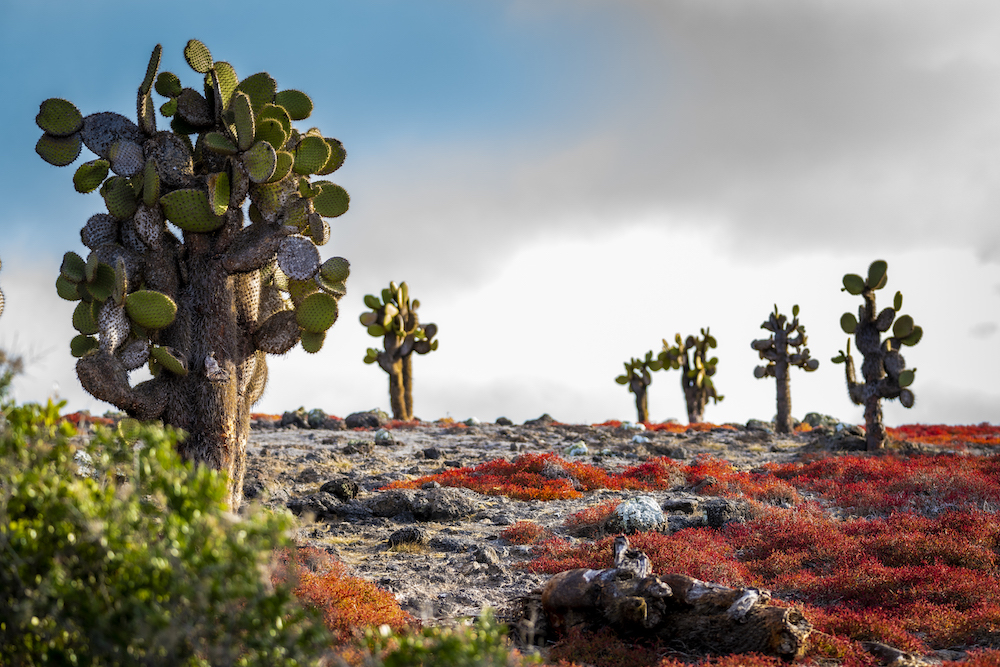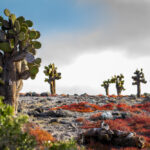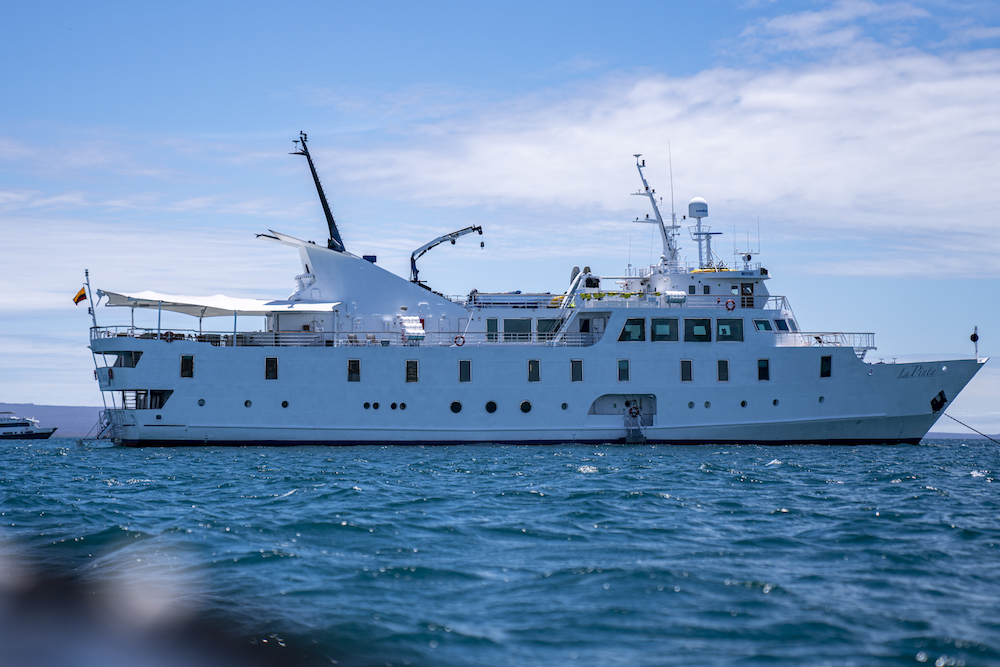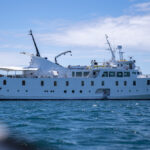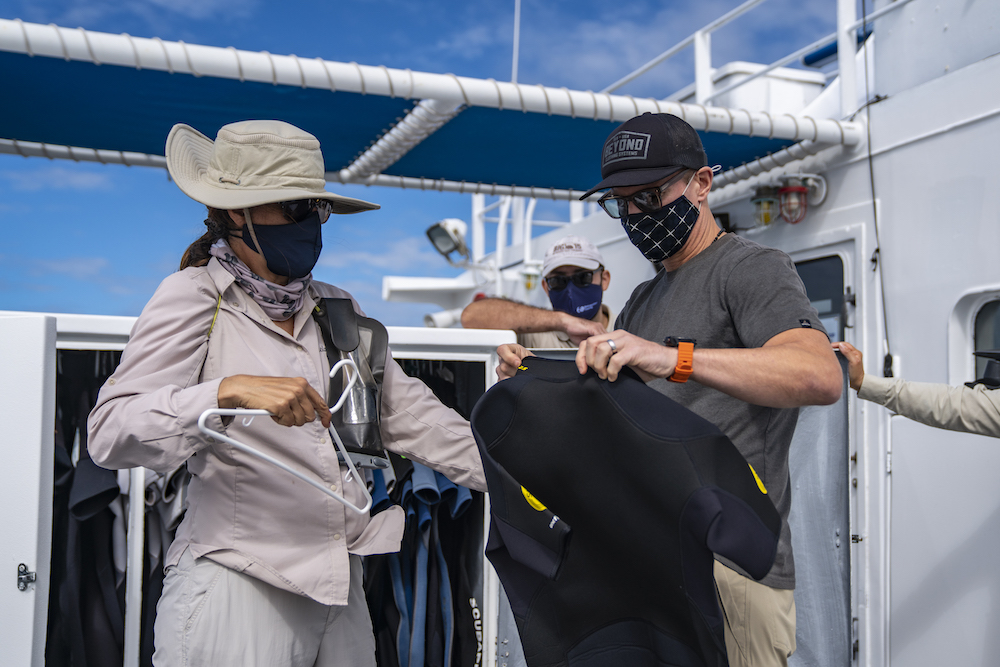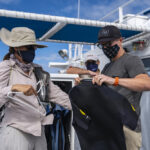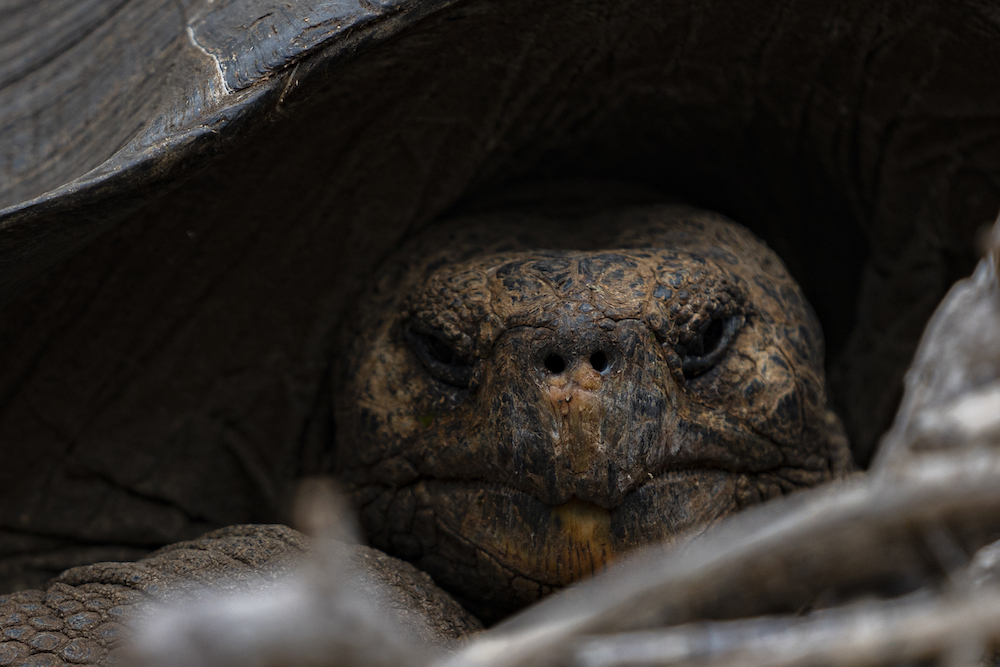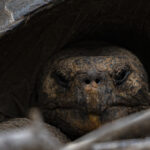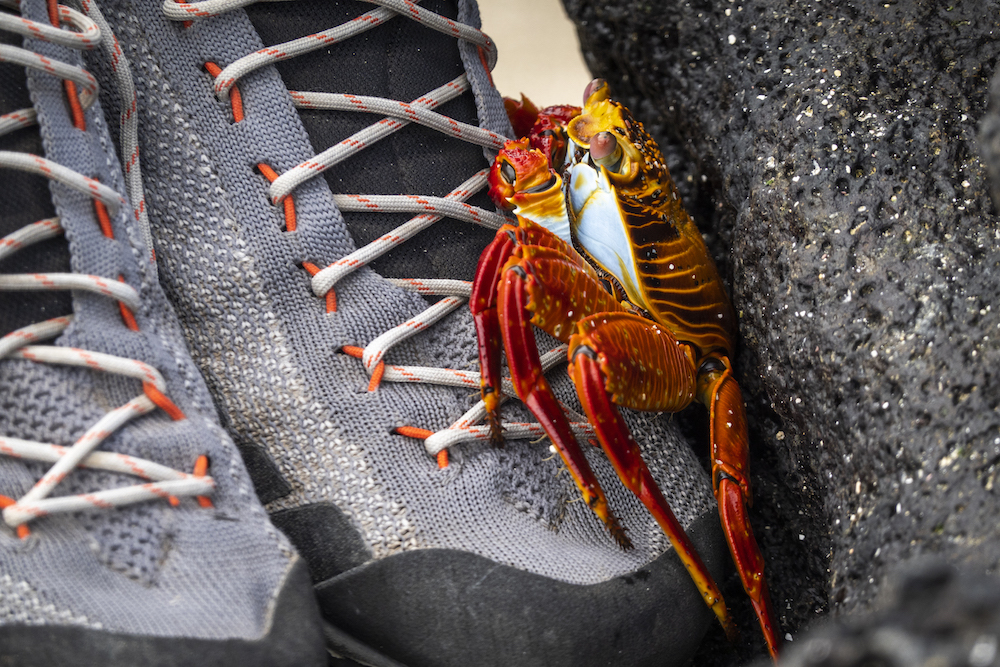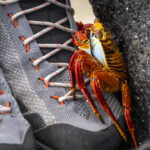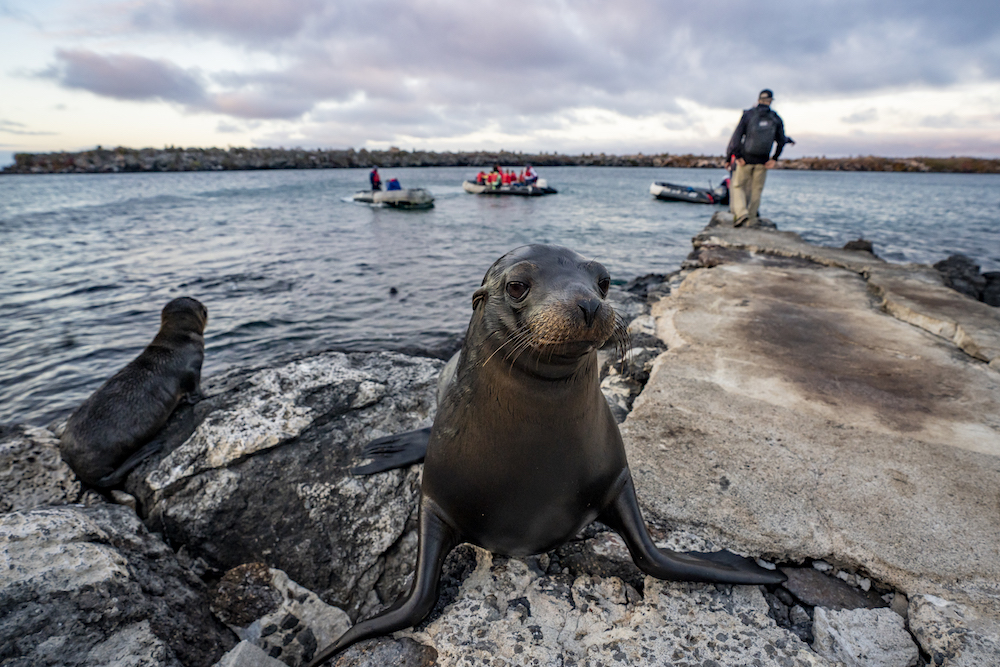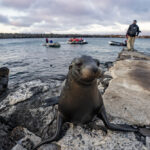Colombia is just a three-hour flight from Miami and five hours from New York. So, if you’re ready to board a plane, the country’s diverse landscapes—Caribbean beaches, Amazon rainforest, lush jungle, snow-capped mountains—are within reach for a week-long or maybe even a long-weekend escape (or even a three-month trip, as one reader just experienced and reviewed). Those landscapes offer plenty of open-air experiences and space for social distancing, and entry requirements are pretty easy to tackle too: U.S. travelers just need proof of a negative Covid test taken within 96 hours of their departure from the U.S. (see How to Get a Quick Covid Test for Travel).
So we touched base with Marc Beale and Boris Seckovic, two Trusted Travel Experts for Colombia on Wendy’s WOW List who live in the Medellin area. Marc has remained in Colombia throughout the pandemic, and they’ve both been closely tracking travel rules and Covid safety protocols. We spoke to them to find out what it’s like to be in Colombia now, and what travelers can expect.
*This article is part of a series in which we are following the pioneers on Wendy’s WOW List of Trusted Travel Experts as they road-test their reopened destinations anew. Remember, these are the trip planners with the highest standards in the world—they’ve earned these stellar reviews—so we’ll ask them how local safety protocols measure up; the savviest ways to sightsee and explore; and the safest places to stay, eat, and get health care if necessary. In other words, we’ll follow them as they do all the in-country legwork so that you don’t have to.
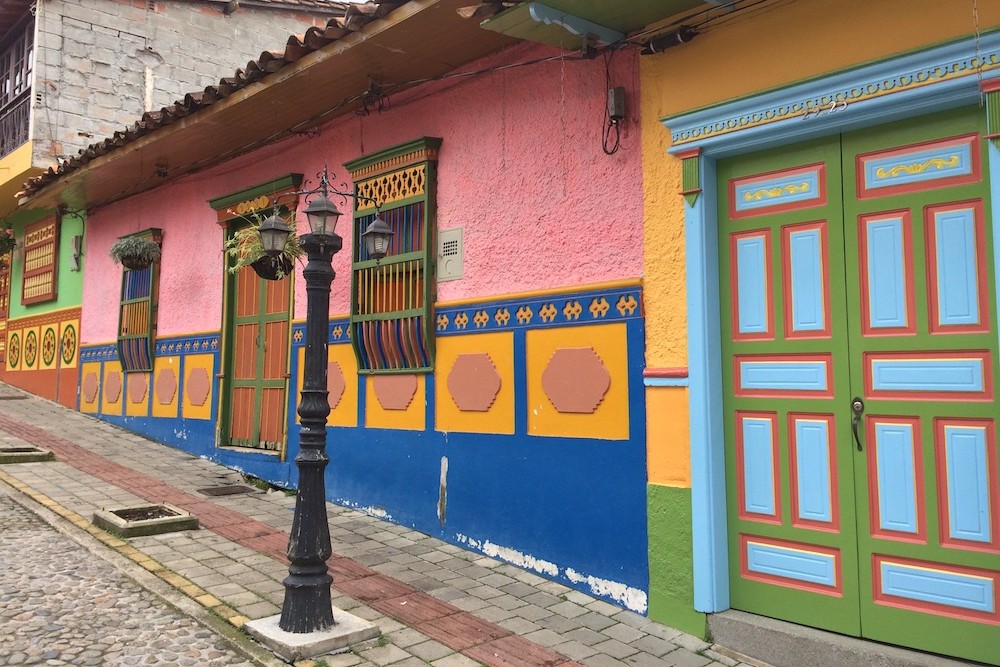
The town of Guatape is in a lake region not far from Medellin. Photo: Marc Beale
You live in Colombia. Where have you traveled within the country during the pandemic, and how was it different?
Marc: My wife and I were in Cartagena in the fall, and it was fun and enjoyable. To go to Café Del Mar and have a beer on the city walls, for example—we didn’t have to make a reservation. It’s a big, open, outdoor space, and normally you can just walk in and sit at a table. But now they have only one entrance, so you have to queue up, and they have to disinfect your table before seating you. But once you sit down, it’s the normal Café Del Mar experience.
My family has also spent time in a lake area called El Peñol and Guatapé, which is a day trip from Medellin. El Peñol and Guatapé is totally open to visitors. It’s a very outdoorsy area, so it’s pretty Covid-safe. One of the fun things to do is to climb this huge rock with 700 steps called El Peñón, and you get an amazing view over the countryside. The village itself is open, and it’s very pretty to walk around. So really, apart from having to wear a mask and go with a local guide, there’s no difference from pre-Covid. Face masks are mandatory in all public areas (even outside my house I have to wear a mask).
Where do travelers usually want to go in Colombia, and can you go there now?
Marc: Almost everyone goes to Bogotá, the coffee region, and Cartagena. Probably half come to Medellin, and half go to the Amazon or Tayrona National Park or one of the islands. All of these places are open now; there’s no region that has been shut off.
Boris: In the Amazon, though, we’re not taking travelers to visit the indigenous communities. If Covid were to get into a community there, it would be devastating because people there don’t have access to hospitals.
What’s worse than before the pandemic? What’s better?
Boris: Colombia is a lot about its people, and the Colombian smile goes a long way to make your trip stand out. One thing that’s different, with all the mask-wearing, is that a lot of social cues and warmth are harder to express. We wonder how that barrier will affect how guests experience Colombia. We tell this to travelers, but they’re so eager to come anyway.
Transportation is more challenging: The flights, the entry requirements, the forms… they’re changing all the time. But people are aware of the hurdles and they still want to come. We have travelers who are coming in February; they’ll be starting in the coffee region, then going to Cartagena, and then spending a few nights on an island. They have already taken a few trips during the pandemic, and they’re aware of the hurdles.
In terms of in-country experiences and activities, though, not that much has changed. In fact, it’s easier to get access to certain experiences and places now because there are fewer travelers around and people have more open schedules.
Whether it’s getting travelers into our favorite rooms at a hotel, or getting them our favorite slots to see a particular nature sight, or access to journalists or ranking officials to have lunch with, or musicians to meet—in the past, that has proven challenging during peak tourist periods. But now, that’s a lot easier to organize.
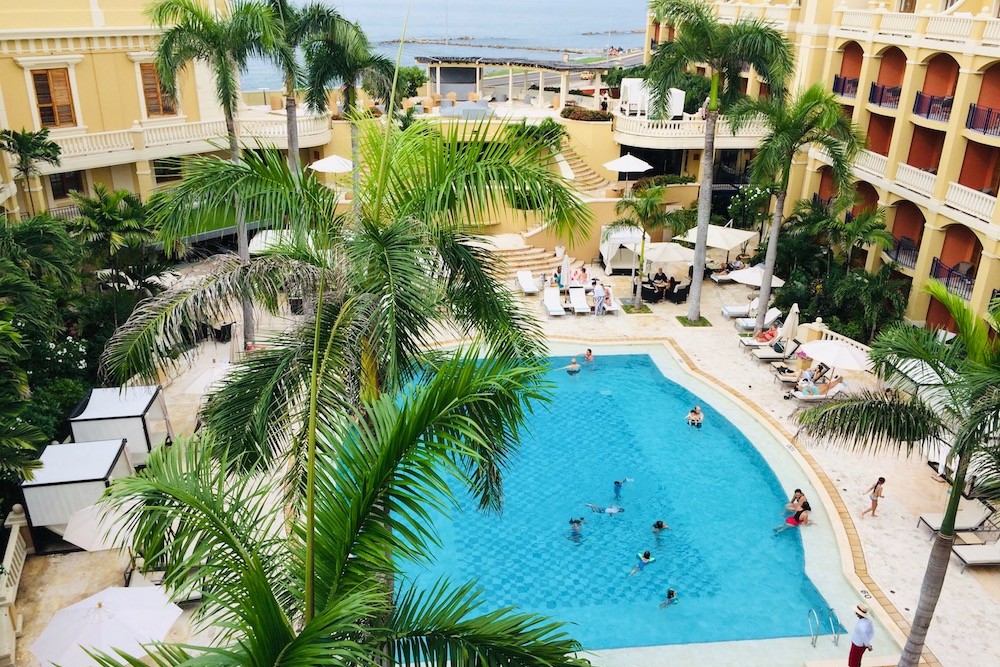
Hotels, like the Sofitel Legend Santa Clara, have to meet protocols of bio-safety. Photo: Marc Beale
What are hotels like now, and how are they accommodating safety concerns?
Marc: In order for hotels to reopen, they need to meet protocols of bio-safety. When you enter, you are stopped in your tracks—you have to disinfect your shoes, then disinfect your hands with gel. Some have really fancy contraptions that you stand in front of and they take your temperature automatically. Every hotel has an in-room pack for you with antibacterial gel, a face-mask, and a reminder of protocols. They are not sending room cleaning regularly; you can schedule it for when you want, so you can monitor who comes in and out of your room.
When I was at the Sofitel Legend Santa Clara in Cartagena, there were a lot fewer sun loungers around the pool. They have a very big pool area and normally it’s full, but they had removed loungers and spaced them out more, and you had to reserve them. Also, that hotel normally has one of the best breakfast spreads in Colombia: so much variety of fruits, hams, cheeses, pastries, coffees, teas, cooked stuff—it’s amazing. Now, though, you have to order from the menu (which is all QR code). There’s no spread. Hopefully it will come back at some point.
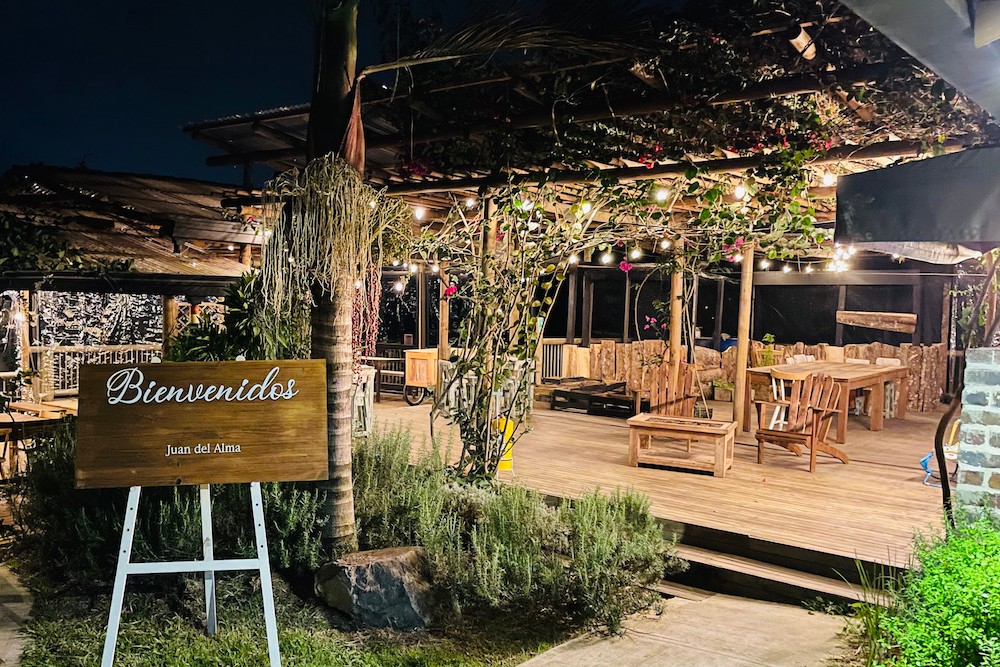
Colombia’s mild weather lends itself to outdoor dining, like at this restaurant outside of Medellin. Photo: Marc Beale
What is it like to go to a restaurant?
Marc: Cartagena is an outdoor dining place anyway, but they’ve put even more tables and chairs outside. In Medellin, they’ve blocked off a popular thoroughfare with trees and made it a pedestrian area with a lot of outdoor seating. Tonight I’m going down for dinner made by one of our favorite chefs
You can’t go inside a restaurant here without protocols: Disinfect your shoes, step onto the mat, disinfect your hands, take your temperature. And you can’t walk in off the street; you need to make a reservation. The capacity has been reduced in order to space tables. And if you’re waiting in line, there are footpads on the ground showing you where to stand.
If you sit indoors and dine, there’s atmosphere—there will be other people. Yes, the tables are farther apart, and there are no physical menus, and the waiters are in masks 100% of the time, but you can take yours off. You’ll feel like it’s a relatively normal experience.
Travelers who are coming from a country where there’s a hard lockdown will find Colombia quite free. Here, everything is open.
Boris: Keep in mind as well that Colombia is a tropical country, so the weather doesn’t change much year-round. The temperature depends on the elevation. Bogotá is the highest and coldest city, but even that’s like a September day in New York, so they have outdoor seating anyway, and heaters if it gets colder. Medellin has spring weather that’s ideal for sitting outside. And Cartagena is the opposite of Bogotá: During the day it might be hot to sit outside comfortably, but in the evening it’s cooler and nice outdoors. Most restaurants are requiring a reservation, but cafes and bars not so much.
What Covid protocols have you and your staff put in place?
Marc: We’ve upgraded our vehicles to be bigger, so if you’re a family of four, you’re in your own vehicle that we previously would have used for a group of ten. We recommend opening windows for fresh air instead of using air-conditioning. Our local English-speaking guides wear masks all the time and stay two meters away from you, and we’ve spoken to each and every one of them about Covid safety.
What has the pandemic made surprisingly nice right now?
Marc: People will find the country quieter and more relaxed. It’s nicer to be in places where there’s just less people around.
Boris: Colombians are very grateful for visitors right now, and people will find how lovely and welcoming they are.
Be a safer, smarter traveler: Sign up for Wendy’s weekly newsletter to stay in the know. And read real travelers’ reviews of Wendy’s WOW List and use it to plan your next trip.


